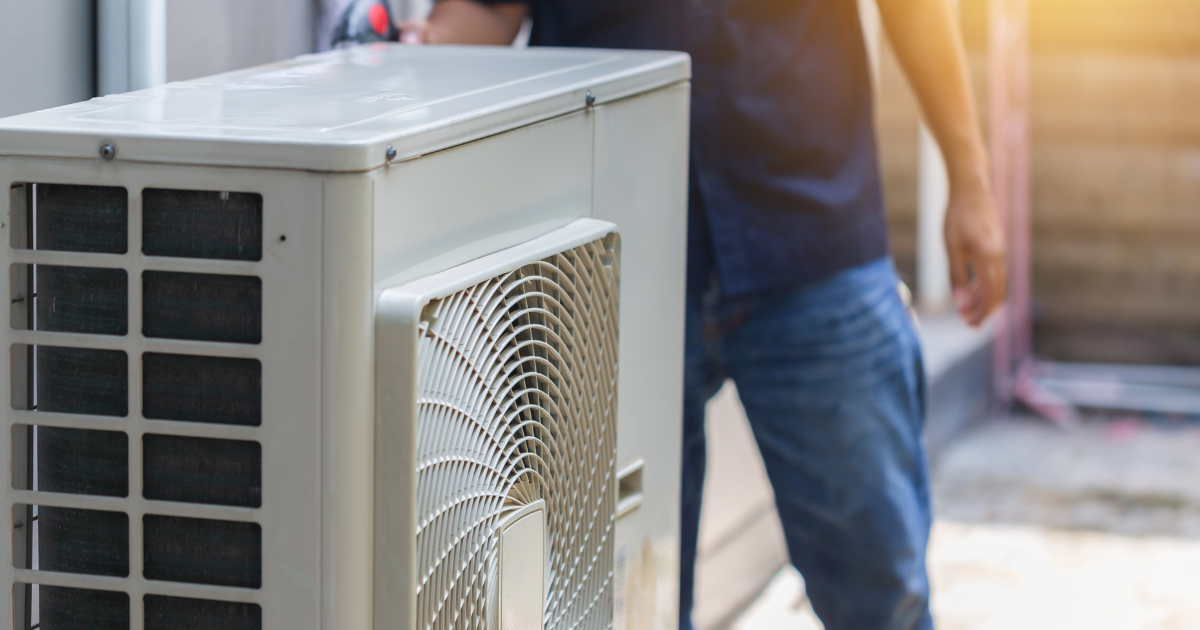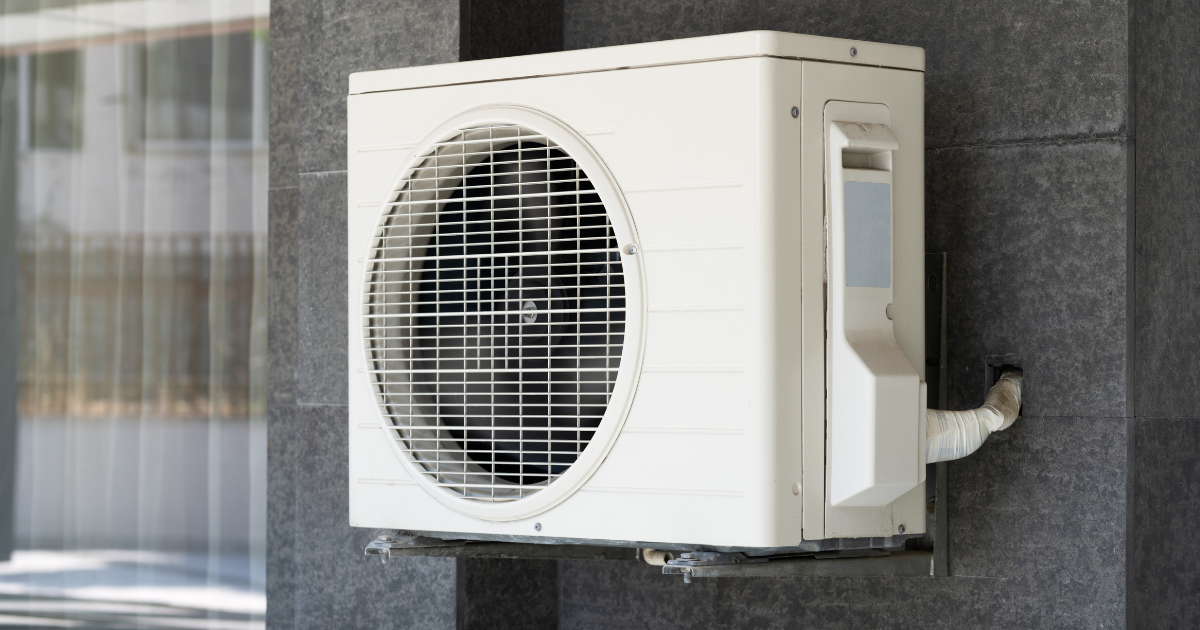Solving 3 Office Health Hazards
According the American Time Use Survey conducted by the Bureau of Labor Statistics, the average employed person age 25-54 spends 8.8 hours a day at work or doing work-related things. That number overshadowed all other activities in a typical 24-hour day, even sleeping. Spending so much time in the office endears you to all kinds of perks—cool coworkers, free food in the break room—but it also comes with some potential health drawbacks. Let’s take a look at some potential health hazards lurking in your office and how you can solve them.
1. Bad Ventilation
You probably don’t give a second thought to the air you’re breathing in. But if that air is cycling through a poorly maintained HVAC system, it probably carries allergens, irritants, smoke, and other things that could leave you feeling ill at your desk. Some of the harmful elements in your office air include:
- Particles – These are any little bits of matter in the air that eventually settle—like dust, dirt, and allergens.
- Microbial contaminants – This category includes mold and bacteria.
- Gases – Carbon monoxide, radon, and other volatile organic compounds are included in this category.
However, most work illnesses aren’t caused by any single factor. More often it’s a combination of these airborne irritants that cause a problem, which is where sick building syndrome comes in. Sick building syndrome describes situations wherein employees get sick just from being inside a building. Symptoms include everything from headaches and dry cough to fatigue and nausea. These symptoms immediately go away when leaving the building.
The really scary thing: pollutant levels inside your office can be two to five times more concentrated than outdoors—and in some cases 100 times that amount!
Solution:
Switch out air filters and have your ventilation system checked regularly. A properly functioning HVAC system keeps humidity in check to discourage mold growth while also weeding out the pollutants that cause many of the common health problems in the office.
It also doesn’t hurt to get a little nature in the office. Plants situated throughout your work area look great and naturally improve air quality and humidity.

2. Sitting
Bad posture is a well-known detractor of good health, leading to back pain, headaches, and digestive issues. Not typing correctly can give you carpal tunnel, and staring too long at your monitor leads to eye strain.
All that said, the constant sitting itself is also a risk. According to various forms of research, sitting for extended periods during the day is linked to a whole host of health issues, including:
- Heart disease – Sitting has been connected to high blood pressure and cholesterol, which contribute to an unhealthy heart.
- Diabetes – Idle muscles have a harder time responding to insulin, forcing the pancreas to make more and more insulin, which can cause diabetes (among other diseases).
- Varicose veins – Sitting slows down circulation and causes blood to pool in your legs, which can lead to varicose veins, blood clots, and deep vein thrombosis.
Solution:
Standing and treadmill desks have become quite the craze in response to this information, but both can be tiring if not done properly. If you do go the route of a standing desk, make sure you either invest in good footwear or use a desk mat to prevent fatigue and take some of the pressure off your feet and ankles.
If you’d rather not spend all day on your feet, make sure you sit with good posture. That means:
- Feet flat on the floor
- Elbows bent at 90 degrees
- Shoulders relaxed
- Neck even with the spine
- Lean back a bit to relax your upper back on the backrest (while maintaining posture) instead of leaning forward and hunching over.
Most importantly, take frequent breaks to stand, stretch, and get some sun. Aim for a five-minute break once an hour.

3. Long hours
The average nine-to-five job has stretched way beyond those limits, and it’s not uncommon for average weekly hours to exceed 40. While you might have overtime on your mind, working so long isn’t good for your body. Studies show that working 11 or more hours a day increases your risk of coronary heart disease 67 percent. People who work 11 or more hours a day also have an increased risk of depression.
Long hours also spell doom for your sleep cycle, which can raise your stress hormones, cause an imbalance in insulin, and reduce your leptin, the hormone connected to appetite.
Solution:
The easy solution is to limit your hours, but that’s not always possible. If you find yourself having trouble getting through all the items on your to-do list, consider your time management techniques. Make a plan for your day that includes all breaks, delays, and distractions. Know when to say no, and learn the value of delegating tasks to those under you.
If things really become a problem, take things up with upper management. There’s no reason any employee should spend consecutive days working overtime.
Are these three office health hazards bogging you down? Start by having your HVAC system checked out by a trusted commercial professional like Bob Jenson Air Conditioning and Heating. Look for ways to get yourself moving throughout the day, whether it’s standing for part of the day or banning the elevator. Say no to too many late nights by experimenting with some time management tricks or talking to your supervisor. Share your knowledge and enjoy the benefits of a healthy office with your whole team!

Bob Jenson
For over 45 years, Bob Jenson has been providing quality heating and air services to the San Diego community.
Request Service
Please fill out the form below to request an estimate or schedule service.
"*" indicates required fields







